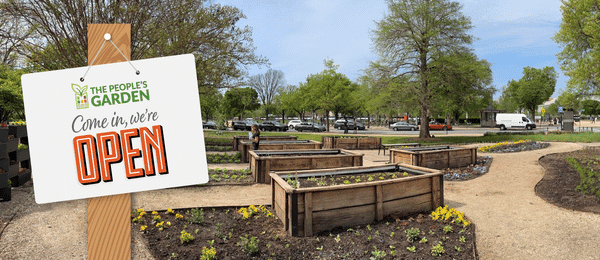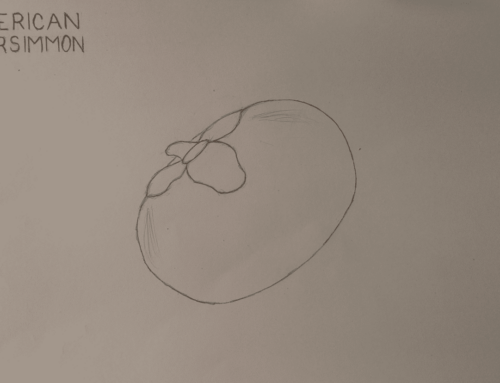Today, Agriculture Secretary Tom Vilsack planted a tree to announce the reopening of the U.S. Department of Agriculture’s (USDA) People’s Garden Initiative. People’s Gardens across the country will grow fresh, healthy food and support resilient, local food systems; teach people how to garden using conservation practices; nurture habitat for pollinators and wildlife and create greenspace for neighbors. The garden at USDA headquarters in Washington, D.C. will be joined by 17 flagship gardens located in urban communities nationwide.
“The simple act of planting a garden can have big impacts – from building a more diversified and resilient local food system to empowering communities to come together around healthy food access, climate change, and equity,” said Secretary Vilsack, who unveiled the upgraded garden flanking the National Mall. “We’re committed to our priorities, and we are leading by example.”
About the Gardens
The Washington, D.C. People’s Garden is growing plants in a variety of ways, from small containers to wheelchair accessible raised beds. Active beehives are on the rooftop of the USDA Whitten Building. In early spring, cool weather crops like peas, kale, collards, radishes, cilantro, parsley, carrots, lettuces, beets, chard and spinach are planted, followed by warm weather crops like beans, tomatoes, peppers, eggplant, squash, and pumpkins in late spring and early summer. Conservation practices like cover crops and pollinator plantings are being used to conserve natural resources.
The garden has new signage that provides information on local and regional food systems, urban gardening, pollinators, and food waste reduction and composting, among other topics. The People’s Garden is adjacent and visible from where the USDA Farmer’s Market is set up. The USDA Farmer’s Market is open on Fridays from May to October.
Meanwhile, USDA has plans to launch flagship gardens in urban communities. Those cities include:
- Albuquerque, N.M.
- Atlanta, Ga.
- Chicago, Ill.
- Cleveland, Ohio
- Dallas, Texas
- Detroit, Mich.
- Grand Rapids, Mich.
- Los Angeles, Calif.
- Minneapolis, Minn.
- New Orleans, La.
- New York, N.Y.
- Oakland, Calif.
- Philadelphia, Pa.
- Phoenix, Ariz.
- Portland, Ore.
- Richmond, Va.
- St. Louis, Mo.
USDA plans to expand the initiative to other communities later this year.
School gardens, community gardens, urban farms, and small-scale agriculture projects in rural and urban areas can be recognized as a “People’s Garden” if they:
- Benefit the community by providing food, green space, wildlife habitat, education space.
- Are a collaborative effort. This can include groups working together with USDA agencies, food banks, Girl Scouts, Master Gardeners, conservation districts, etc.
- Incorporate conservation management practices, such as using native plant species, rain barrels, integrated pest management, xeriscaping.
- Educate the public about sustainable gardening practices and the importance of local, diverse, and resilient food systems providing healthy food for the community.
To watch these gardens grow, visit our People’s Garden Webpage or follow the hashtag #PeoplesGarden on USDA’s social media channels.
More Information
USDA originally launched the People’s Garden Initiative in 2009. It’s named for the “People’s Department,” former President Abraham Lincoln’s nickname for USDA, which was established during his presidency in 1862.






